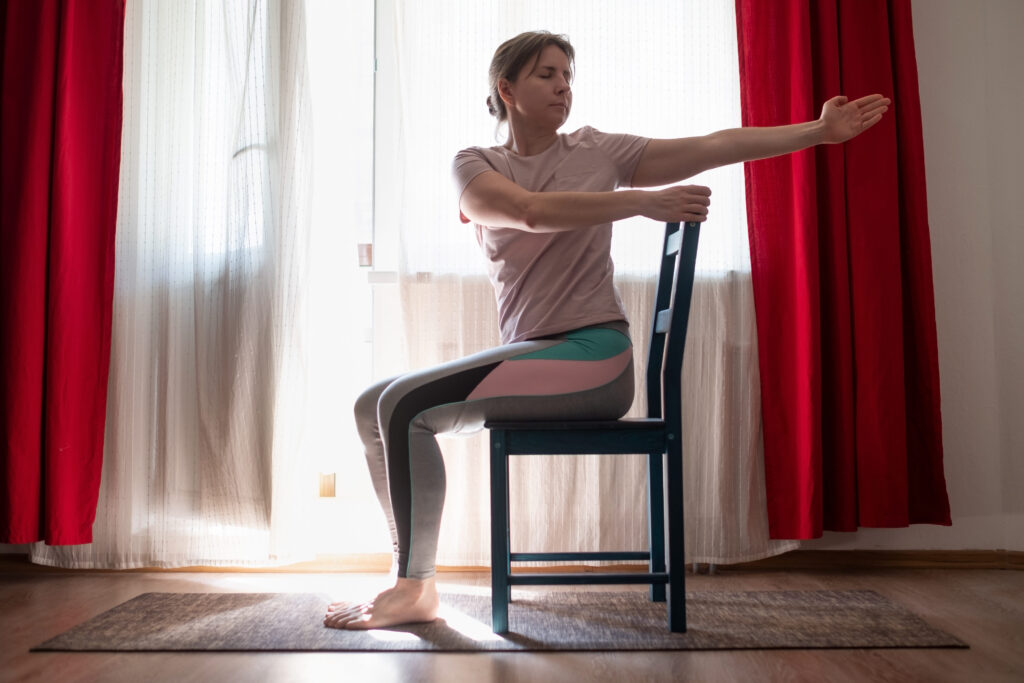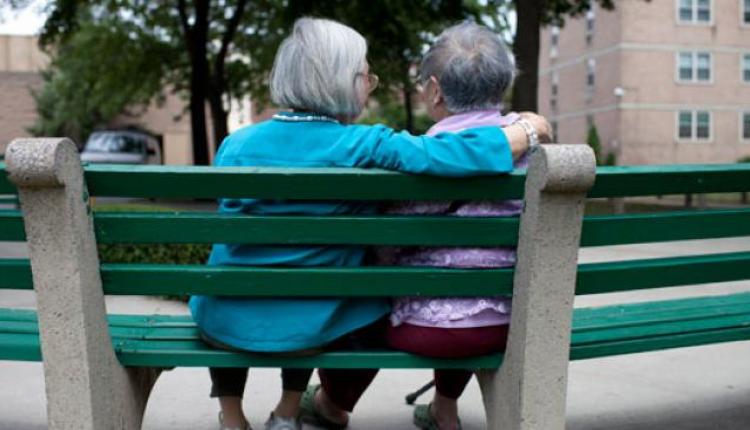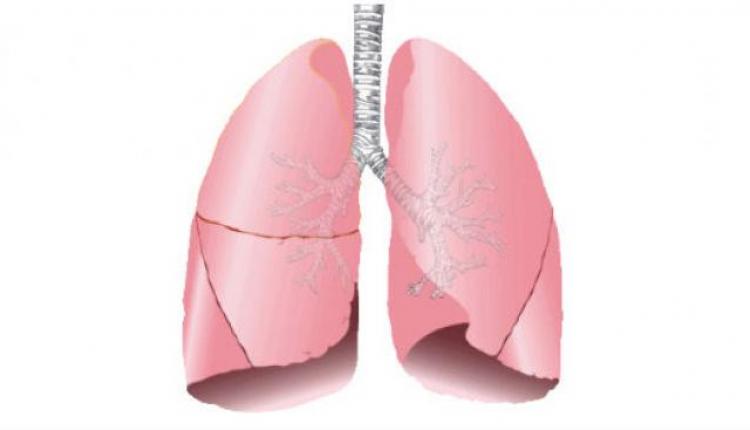Exercising with Limited Mobility

MOBILITY ISSUES & EXERCISE
Regular exercise has many benefits. Exercising can reduce blood pressure and blood sugar levels, improve cholesterol and memory, and lower the risk of arthritis and osteoporosis. Older people who exercise regularly have fewer age-related illnesses and often report feeling happier.
However, up to 75 percent of senior adults miss out on these health benefits. Someone who has trouble walking or is afraid of falling may think they can’t exercise. What happens is they get weaker and even less mobile, and their fear and risk of injury increases.
A visit to the physician is the best place to start. A doctor can refer you to a physical therapist. This person will work to create a problem that meets your needs and abilities.
You also might want to change your definition of exercise. You don’t need to run or jog for an hour or lift heavy weights. Chair exercises, such as stretching arms overhead and pointing and flexing toes, can provide benefits! A physical therapist might also suggest Tai Chi to improve balance, or modified Pilates to increase flexibility.
Doctors recommend at least 30 minutes of daily exercise for most people, but short sessions will help. So think of 30 minutes as a goal, not a starting point.


